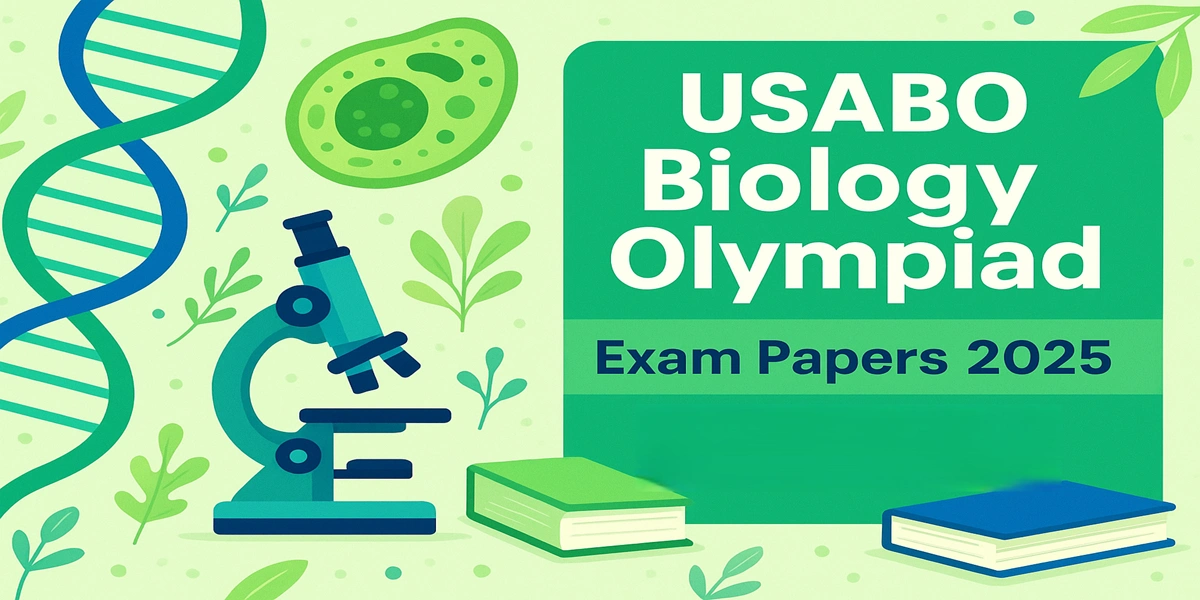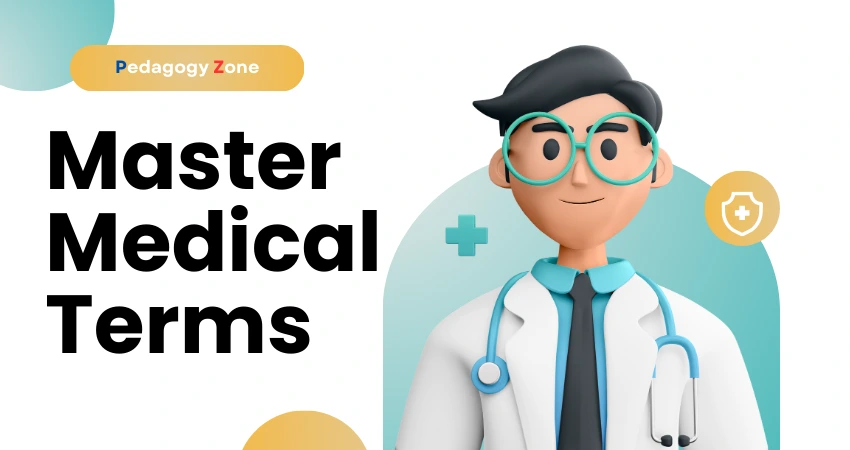Introduction to Pharmacology
Pharmacology is the study of various characteristics of drug molecules and related compounds. The term Pharmacology originated from Greek words Pharmacon (meaning drug.) Logos (studied in, i.e., studies in drugs) which means the study of drug and its action. It mainly involves the study of interactions taking place between a living organism and an exogenous chemical which in turn alters the usual biochemical functioning of the body.
Pharmacological study of any drug includes detailed analysis of each and every possible characteristic of pharmaceutically active molecule (drug), like molecular composition, toxicological profile, interactions, contraindications, pharmaceutical/medical applications, adverse effects, anti-pathogenic capabilities, etc.
Under pharmacological studies, these properties of drug are broadly studied as pharmacokinetic and pharmacodynamic profile of a drug.
Definitions of Pharmacology
Definitions that are important in order to understand the subject of pharmacology are:
Pharmacology : Pharmacology (from Gk. Pharmacon = drug, Logos = studied in, i.e., studies in drugs) is the study of drug and its action. It involves the study of interactions taking place between a living organism and an exogenous chemical, which in turn alters normal biochemical functions.
Pharmacokinetics : Pharmacokinetics (Greek word ‘kinesis’ means movement) in simple terms means the action of body on the drug. Pharmacokinetics includes the study of drug absorption, distribution, metabolism and excretion.
Pharmacodynamics : Pharmacodynamics (Greek word, ‘dynamics’ means power) implies the action of drugs on the body. The studies included under pharmacodynamics explain the mechanism of drug action and correlate with the effects of the drug.
Pharmacoepidemiology : Pharmacoepidemiology involves the study of utilisation of drugs and its effects on a large population. The study of pharmacoepidemiology emphasises on clinical patient outcomes from therapeutics by using methods of clinical epidemiology.
Pharmacoeconomics : It evaluates the ratio of cost (in monetary terms) and beneficial effects (in terms of efficacy or enhanced quality of life) of a drug with other drug therapies or with comparable drugs, including both, financial costs and quality of life.
Pharmacogenomics : It involves study of the effect of genetic structure of an individual on drug response. This is a new field which combines the subject of pharmacology (science of drugs) with genomics (study of genes and their functions) to facilitate the development of safe, efficient drugs, and doses that can differ according to the genetic constitution of an individual.
Therapeutics : Therapeutics is the art and science of healing; dealing with the treatment of diseases and infectious conditions. It deals with drug usage and the method in which it should be administered for treating a disease.
Toxicology : The study of adverse effects of chemicals on living organisms is termed as toxicology. It includes the study of symptoms, mode of action, treatments, and detection of prisoning, especially those affecting the humans.
Pharmacovigilance : It is the part of the pharmacoepidemiology that involves the study of pharmacokinetic and pharmacodynamic features of a drug which is already present in the market. It includes continuous monitoring of the unwanted effects, and other safety concerns arising from drugs on a population.
Clinical Pharmacology : Clinical pharmacology includes the scientific study of drugs (pharmacology) on clinical resources (human beings).
Receptors : Receptors are macromolecules present on the cell surface; the drug molecules bind to these receptors resulting to the modulation of their functions.
Ligands : Substances that bind to receptors are known as ligands. Ligands bind to its receptor at orthostatic and/or allosteric sites. Due to the occupation of the orthostatic sites, functions of the receptors are modified.
Affinity : Affinity of a drug is the ability of it to bind to its receptors. It correlates inversely with the dissociation constant of the drug receptors complex.
Competition : Competition is the condition in which two different drugs identify the same binding site. Reciprocal hindrance between two drugs decreases their apparent affinity for the binding site.
Effectiveness : Effectiveness is the measurement of the effects generated by therapeutic agents. Firstly, the term was coined to compare the agonists that upon binding to the same extent to a receptor population, produced effects of different entity.
Potency : Potency is the amount or concentration of dose needed to produce desired effects of a given entity (50% of the maximal effect). Low potent drugs are taken in greater amount, and high potent drugs require low concentration.
Selectivity : At molecular level, selectivity of a drug is the ability of it to interact and bind with the limited number (preferable only one) of macromolecules. At organism level, it is the ability to generate responses that contributes to the modulation of a single functional system.
Tolerance : Tolerance is the decreased ability of an organism to respond to repeated administrations of drug. It may be result of down regulation or receptor desensitisation. Tachyphylaxis is the condition when tolerance develops very rapidly.
Addiction : Addiction is the habitual use of a psychoactive drug that results due to repeated and continuous use of these drugs; and an abrupt discontinuation of drug may result to withdrawal syndromes.
Side Effects : These are effects of drugs other than the therapeutic effects. Harmful side effects of any therapeutic substance are known as adverse drug reaction.
Therapeutic Index : It is the ratio between the dose (or concentration) that can produce useful effects (ED – Effective Dose) and the dose (or concentration) responsible for side/toxic effects (Toxic Dose (TD) or Lethal Dose (LD)).
Agonist : These are therapeutic substances which bind and activate a receptor and result to pharmacological responses that are mimic or similar to naturally-occurring substances. Agonist may be full, partial or inverse.
Full Agonist : An agonist drug that produces a maximum response and show complete efficiency at that receptor site is known as a full agonist.
Partial Agonist : An agonist drug that binds with and activates a receptor, but is able to bring about only partial efficiency at that receptor site is known as a partial agonist. They are not capable of giving maximum effects even when the concentration of drug is increased.
Inverse Agonist : They give an effect that is pharmacologically opposite to an agonist, yet bind at the same receptor. The receptor must elicit intrinsic or basal activity in the absence of a ligand and the addition of an inverse agonist will decrease the activity below the basal level.
Antagonist : A drug is said to be an antagonist if it does not produce any biological response even on binding with a receptor but, in its place, it either blocks or decreases the effect of an agonist.
| Read More Topics |
| Artificial Intelligence in Healthcare |
| Epidemiology vs epidemiological research |
| Introduction to the history of epidemiology |
| Body structure and organization |






